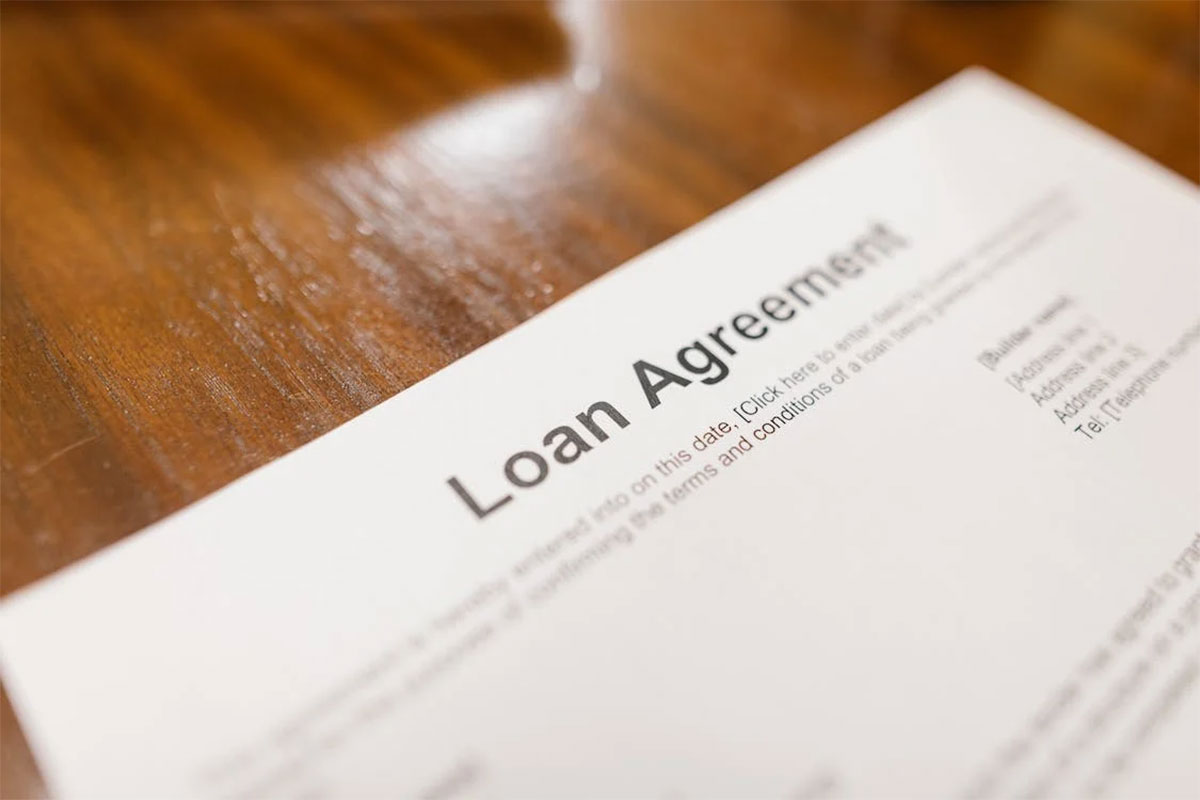Navigating the labyrinth of personal finances can be daunting, especially when juggling multiple debts like credit cards, student loans, and car payments. It’s a common challenge, but there’s a strategy that might not only simplify your monthly payments but also save you money in the long run: debt consolidation through a personal loan.

This approach requires understanding how personal loans can be leveraged to streamline your debts, potentially reducing interest rates and offering a clearer path to financial freedom. But how does one navigate this path effectively?
1. Understanding Personal Loans
Before delving into debt consolidation, it’s crucial to grasp the fundamentals of personal loans. So, what are these loans, and how do personal loans work? Essentially, a personal loan is money borrowed from a bank, credit union, or online lender, which you repay over a set period, typically two to five years. These loans are usually unsecured, meaning they don’t require collateral like a car or house.
The interest rates can vary significantly, often depending on your creditworthiness, which is determined by factors like your credit score, income, and debt-to-income ratio. The better your credit score, the lower the interest rate you might qualify for. It’s important to understand that while personal loans can offer lower rates than credit cards, they come with their own set of terms and conditions that should be carefully reviewed.
2. Debt Consolidation: What and Why
Debt consolidation through a personal loan means taking out a new loan to pay off several others. This approach can be particularly beneficial for those dealing with multiple high-interest debts like credit card balances. By consolidating these debts into one loan with a potentially lower interest rate, you not only simplify your monthly payments but also potentially reduce the total interest you’ll pay over time.
However, this strategy requires a careful evaluation of your current debts and the terms of the new loan to ensure it’s truly a cost-saving move.
3. Evaluating Your Debt Situation
To effectively use a personal loan for debt consolidation, a thorough assessment of your current debt situation is essential. Start by listing all your debts, noting the amounts owed, interest rates, and monthly payments. This exercise provides a clear picture of your financial obligations and helps you understand the total cost of your debts.
It’s also a good opportunity to reflect on your spending habits and financial goals. Consider how a consolidated loan fits into your broader financial plan. Does it align with your goals of saving money, reducing monthly payments, or paying off debt more quickly?
4. Choosing the Right Personal Loan for Consolidation
When it comes to selecting a personal loan for debt consolidation, several factors come into play. Interest rates are a primary concern; ideally, the rate on the new loan should be lower than the rates on your current debts.
However, it’s also important to consider other factors like loan fees, repayment terms, and whether the loan is secured or unsecured. A secured loan, which requires collateral, may offer lower interest rates but comes with the risk of losing your asset if you default. In contrast, an unsecured loan, while typically carrying higher rates, doesn’t put your property at risk.
5. Application Process and Requirements
The application process for a personal loan involves several steps and requires various financial documents. Lenders will typically ask for proof of income, such as pay stubs or tax returns, and will conduct a credit check. This process assesses your creditworthiness and determines the terms of your loan.
It’s vital to prepare these documents in advance and ensure your credit report is accurate. A strong credit score and a stable income are key factors in securing a favorable loan with a competitive interest rate.
6. Strategies for Effective Debt Repayment
Once you’ve consolidated your debts into a personal loan, developing an effective repayment strategy is crucial for financial success. This means more than just making the minimum monthly payments. If possible, pay extra towards the principal each month to reduce the total interest and shorten the loan term.
Additionally, it’s important to avoid the trap of accruing new debt. Stick to a budget and build an emergency fund to cover unexpected expenses without relying on credit.
7. Risks and Considerations
While debt consolidation through a personal loan can be a smart financial move, it’s not without risks. The most significant risk is potentially falling into deeper debt. This can happen if the consolidated loan leads to a false sense of financial security, prompting additional spending. It’s also crucial to fully understand the terms and conditions of your new loan.
Make sure the payment schedule, fees, and interest rate are clear and manageable within your budget.
8. Alternatives to Personal Loans for Debt Consolidation
It’s worth noting that personal loans are not the only option for consolidating debt. Other avenues like balance transfer credit cards, home equity loans, or lines of credit might be more appropriate depending on your financial situation and goals. Each of these alternatives comes with its own set of pros and cons.
For instance, balance transfer cards often offer introductory periods with zero interest, but this can jump to a high rate after the period ends. Home equity loans can provide lower interest rates but put your home at risk.
Conclusion
Using a personal loan for debt consolidation can be an effective strategy to streamline your finances, save money, and gain control over your debt. By consolidating multiple high-interest debts into one loan with potentially lower interest, you can simplify your monthly budget, reduce financial stress, and focus on your long-term financial health. However, it’s important to approach this strategy with a clear understanding of your financial situation, the terms of the new loan, and a commitment to disciplined spending and repayment.
Remember, consolidating debt is just one step in your financial journey. It’s essential to pair this strategy with sound financial planning and budgeting to ensure long-term financial stability and success. If you’re considering this route, don’t hesitate to consult with a financial advisor to explore the best options for your unique situation.









